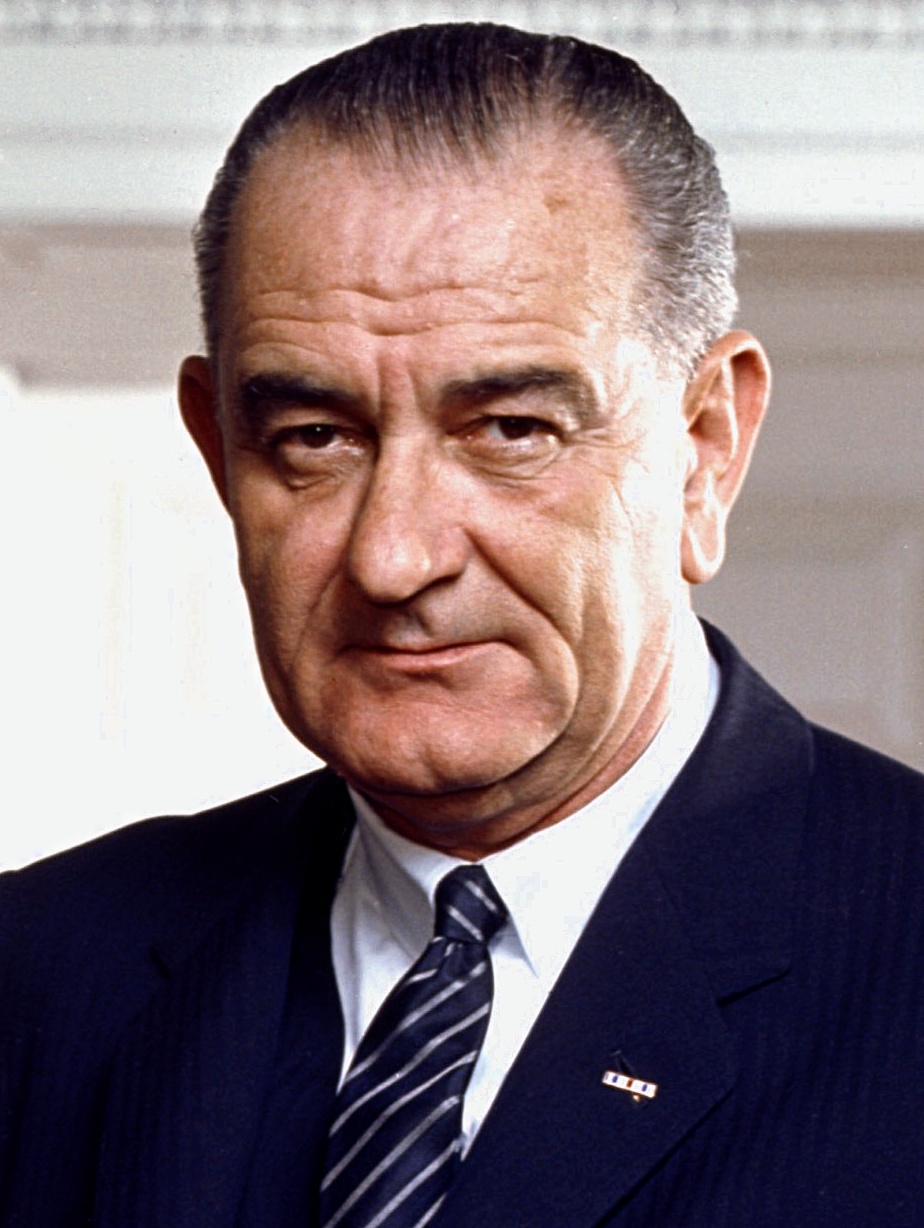The simple answer to why leaders throughout the 1950's and 1960's did
not respond like in 1918, to pandemics four to eleven times more deadly than Covid-19,
seems to be that the people in charge of the government at that time
had lived through the 1918 Spanish Flu, and saw that
Virus-Avoidance Strategies had been a complete failure,
responsible for the cycle of hysteria that led to most of the deaths.

In 1957, Dwight Eisenhower was president.
Eisenhower was 28 years old in 1918, in the prime of his life,
and so was a direct, first-hand witness to the 1918 pandemic response, and its results.
That year, when the flu pandemic
that would kill 1-4 million people hit,
Eisenhower's CDC director was
Robert J. Anderson,
who was 4-years old at the time of
the Spanish Flu, but who studied public health in the years following.
And yet, that year, with a president who had lived through the Spanish Flu, and a CDC director who studied public health
in the immediate aftermath of the Spanish Flu, the CDC did not put out any guidance for Virus-Avoidance Strategies, and
Eisenhower, who was in his 60's, a demographic at extreme risk for airborne disease, did not demand it.
The reason is that anyone who lived through the Spanish Flu, or taught or studied public health in its aftermath, could tell
you that Virus-Avoidance Strategies were a failure,
responsible for the huge number of deaths in the 1918 pandemic.

In 1968, Lyndon Johnson was president.
Johnson was 10 years old in 1918, old enough to be aware of the Spanish Flu, and taught about it by his parents,
and so was a direct, first-hand witness to the 1918 pandemic response, and its results.
That year, when the flu pandemic
that would kill 1 million people hit,
Johnson's CDC director, who Johnson himself had appointed, was
David Sencer,
who was born in 1924, after the Spanish Flu,
but who studied public health just a few decades following it.
And yet, that year, with a president who had lived through the Spanish Flu, and a CDC director who studied public health
in the aftermath of the Spanish Flu, the CDC did not put out any guidance for Virus-Avoidance Strategies, and
Johnson, who had just turned 60, a demographic at extreme risk for airborne disease, did not demand it.
The reason is that anyone who lived through the Spanish Flu, or taught or studied public health in its aftermath, could tell
you that Virus-Avoidance Strategies were a failure,
responsible for the huge number of deaths in the 1918 pandemic.

Richard Nixon took office
in the middle of the Hong Kong flu pandemic.
Nixon was 5 years old in 1918, old enough to be aware of the Spanish Flu, and taught about it by his parents,
and so was a direct, first-hand witness to the 1918 pandemic response, and its results.
Richard Nixon could have easily pivoted from his predecessor of another political party, and taken up the mantle
of the 'tough on virus' president. But he did not.
Nixon did not politicize the CDC, and kept Johnson's CDC director, David Sencer.
And yet, through the end of the Hong Kong flu pandemic in 1970,
with a president who had lived through the Spanish Flu, and a CDC director who studied public health
in the aftermath of the Spanish Flu, the CDC did not put out any guidance for Virus-Avoidance Strategies, and
Nixon, who had just turned 56, a demographic at elevated risk for airborne disease, did not demand it.
The reason is that anyone who lived through the Spanish Flu, or taught or studied public health in its aftermath, could tell
you that Virus-Avoidance Strategies were a failure,
responsible for the huge number of deaths in the 1918 pandemic.
Woodstock
was held in 1969, in the middle of the pandemic, with no issues.
Today's pandemic response is, in part, a refusal to learn from both the mistakes of the past, and the better ways used to handle
airborne illness in the century following the Spanish Flu, by those who had lived through it.